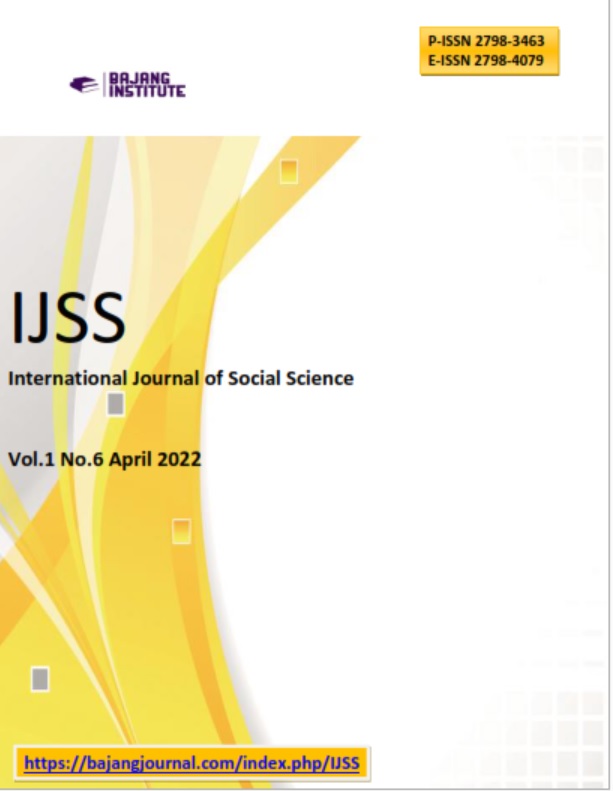ANALISYS OF MATERIALITY ASSESSMENT IN THE BANKING INDUSTRY
DOI:
https://doi.org/10.53625/ijss.v1i6.1912Keywords:
Materiality assessment Sustainability report Corporate social responsibility Banking industryAbstract
This research uses a qualitative perspective to understand how issuers define materiality, consider stakeholders and identify main material problems. In implementing CSR, conducting materiality assessment is important. The theories used are stakeholders, legitimacy, and good management theory; sustainability report and its standards, and materiality. The objects of this research are 15 banks from various countries. This is a case study, with materiality assessment as the variable. Data were collected from each bank’s 2020 sustainability report. Sampling technique used is purposive sampling. Data analysis was carried out by reducing data, presenting data, and drawing conclusions. The banking industry defines materiality as a priority topic with significant impact. Stakeholders with the greatest influence are workers, customers and investors. High main material issues identified are related to workers, economic performance, products, pandemic and digitization. It can be concluded that the materiality assessment by the banking industry is quite good, but still has a lot of room for improvement. Issuers with good materiality assessment are expected to maintain their assessment, and those that still lack can improve their assessment.
References
J. Hörisch, “The relation of COVID-19 to the UN sustainable development goals: implications for sustainability accounting, management and policy research,” Sustainability Accounting, Management and Policy Journal, vol. 12, no. 5, pp. 877–888, 2021.
K. Mooney, The Essential Accounting Dictionary. 2008.
N. Taubken and T. Y. Feld, “Impact measurement and the concept of materiality—new requirements and approaches for materiality assessments,” NachhaltigkeitsManagementForum | Sustainability Management Forum, vol. 26, no. 1–4, pp. 87–100, 2018.
R. E. Freeman and L. R. David, “Stockholders and Stakeholders: A New Perspective on Corporate Governance,” California Management Review, vol. 25, no. 3, pp. 88–106, 1983.
G. O’Donovan, “Environmental disclosures in the annual report: Extending the applicability and predictive power of legitimacy theory,” Accounting, Auditing & Accountability Journal, vol. 15, no. 3, pp. 344–371, 2002.
S. A. Waddock and S. B. Graves, “The Corporate Social Performance-Financial Performance Link,” Strategic Manajemen Journal, vol. 18, no. 4, pp. 303–319, 1997.
Global Sustainability Standards Board, “Standar Pelaporan Keberlanjutan GRI 2016 : 101 Landasan,” Global Reporting Initiative, p. 30, 2016.
AccountAbility, AA1000 Prinsip Prinsip AccountAbility. 2018.
J. W. Cresswell, Research Design: Qualitative, Quantitative, and Mixed Method Approaches. SAGE Publications, 2013.

















